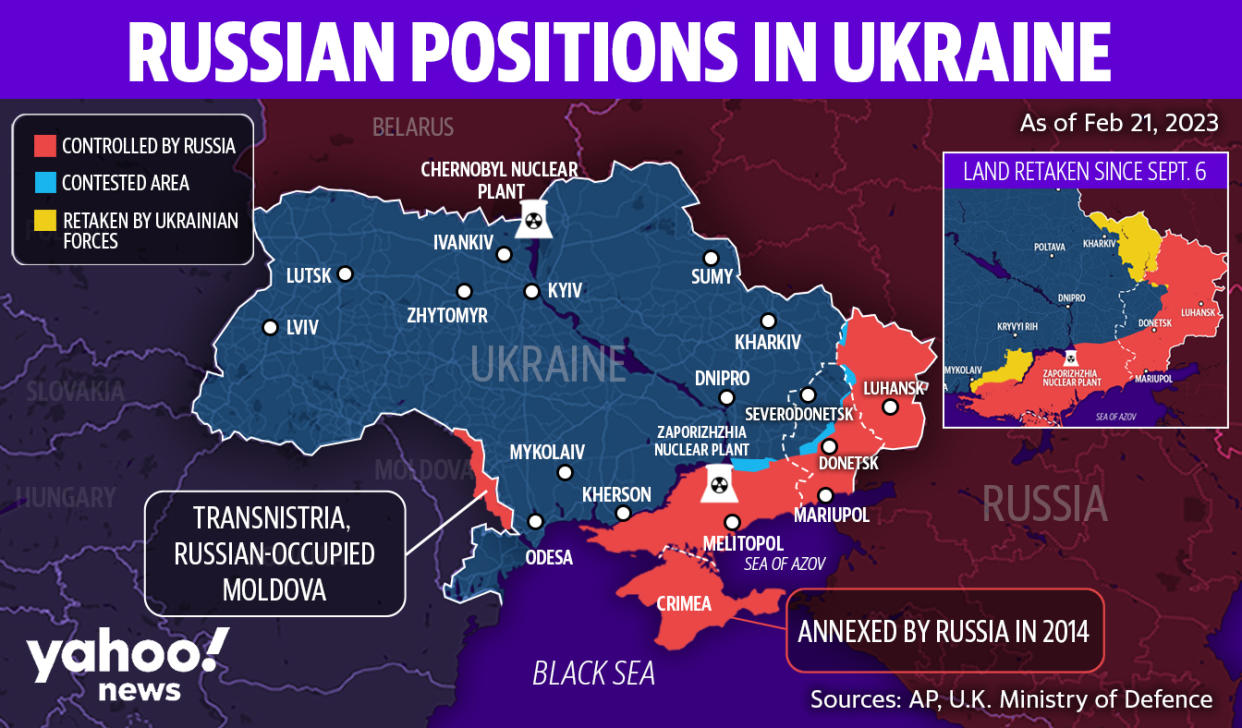Despite multiple crises in Moldova, Ukrainian refugees find sanctuary
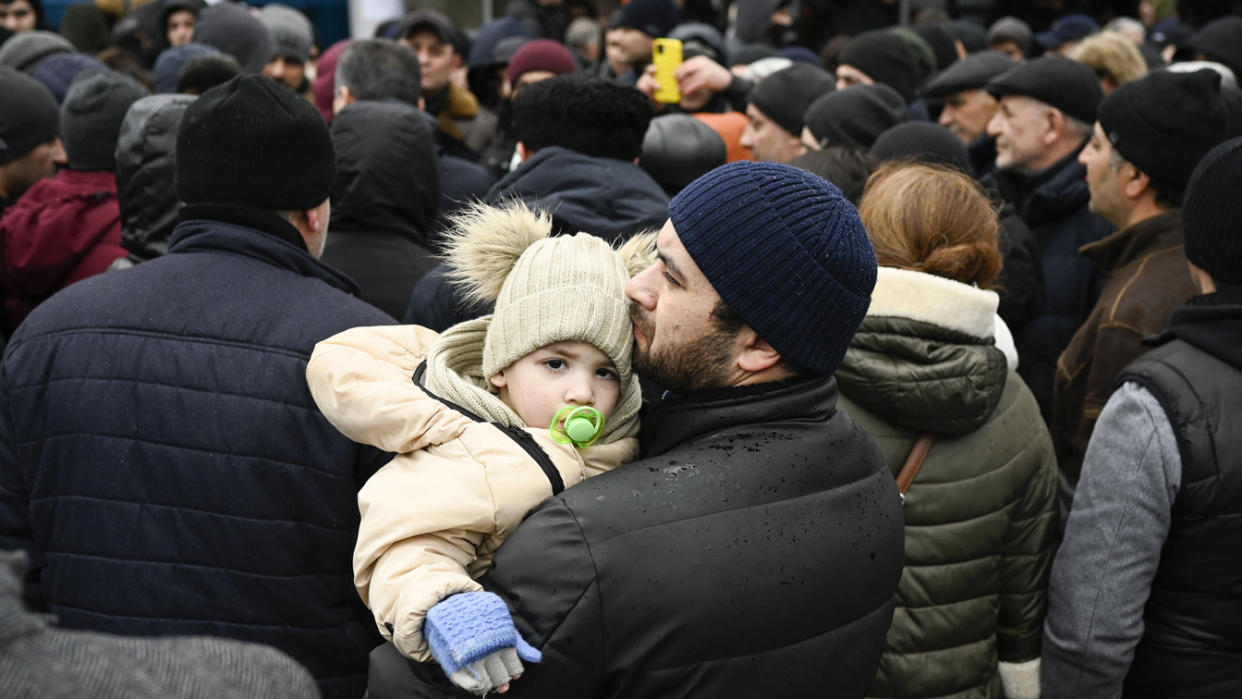
CHISINAU, Moldova — In the past year, nearly 13 million people have fled their homes in Ukraine. At least two-thirds of those have traveled to European countries, making it the continent’s largest refugee crisis since World War II.
A little less than a week after the invasion began — one year ago today — the European Parliament granted temporary protection to those who were fleeing the war. But even as wealthier Western nations welcomed refugees, it appeared that the larger responsibility of the crisis had fallen on their less well-off counterparts.
Nestled between Romania and Ukraine in southeastern Europe, Moldova, roughly half the size of West Virginia, is home to 2.6 million people. According to data published by the United Nations Development Program, 13.3% of the population lives on less than $5.50 a day. Their difficult situation was made worse last year when Russia reduced Moldova's energy supply. Inflation skyrocketed, leaving many unable to pay their heating bills. Moldova, a former Soviet republic, relies on Russia for 100% of its energy.
The country is one of the poorest in Europe, just behind its war-torn neighbor. Despite this, Moldova has become home to the highest number of Ukrainian refugees per capita of any country in the world.
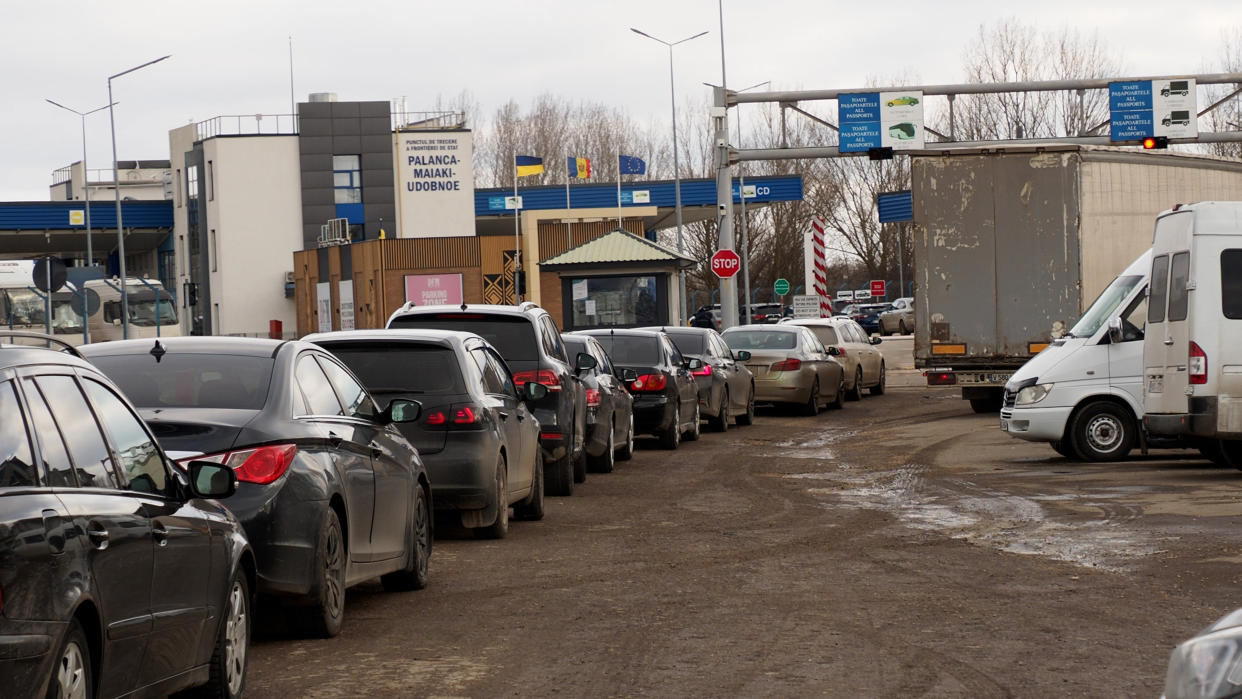
While it’s clear that Moldova has been delivering more than its fair share of humanitarian support, those fleeing Ukraine have been unable to cross 282 miles of its border because it’s shared with Transnistria, a Russian-backed separatist region that is internationally recognized as part of Moldova.
Over the past year, tensions have continued to flare between the two. In April, Transnistria’s Ministry of State Security building was targeted with bombs. According to Russian state media, before the attacks, a senior Kremlin commander said the Russian armed forces planned to “make passage” into southern Ukraine to reach Transnistria.
In the weeks leading up to the war’s one-year anniversary, Moldova experienced a series of political upheavals. On Feb. 10, the government collapsed after Prime Minister Natalia Gavrilita resigned following 18 months in office. Moldovan President Maia Sandu would go on to accuse the Kremlin of planning a coup to topple the government. Moscow has denied the allegations.
Close to home
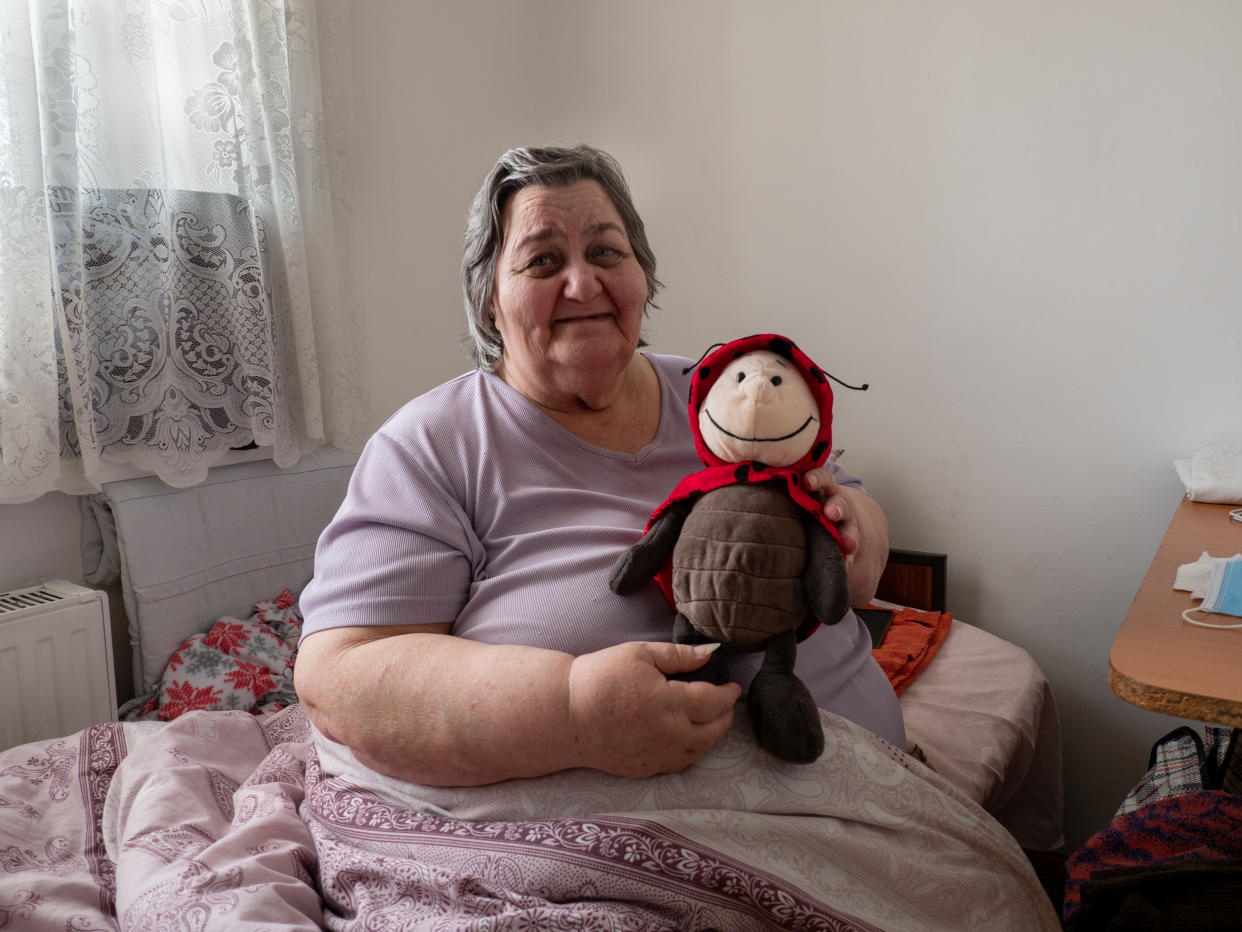
A 40-minute drive from the Ukrainian border crossing, a former school has been transformed into a shelter. Located in the small village of Popeasca, it houses 73 refugees, 20 of them children. All have chosen to stay close to the border so they can quickly return home when the war ends. “When I arrived in Moldova, they told me I could go wherever I wanted,” a 74-year-old retired factory worker and grandmother named Vera, who did not give her last name, told Yahoo News. “I stood by a sea of buses. But I didn’t want to go far. Here is close to my home.”
In another room was Tatianna, 71, who also did not provide her last name, and who suffers from respiratory problems. On her bed she kept a teddy bear her grandson had given her. She also spoke of returning home someday. “The center is very wonderful, the people in Moldova are good,” said. “But I miss my family and my neighbors.”
Less than an hour away from the border is where Olga used to live with her husband and four children. She arrived in Moldova in April with her daughter and adopted niece and nephew. Her son is fighting in the war. “I cannot restart my life again in another country,” she said. “I am staying in Moldova because it is closer to Ukraine — to my son. But when this is all over, I want to go home.”
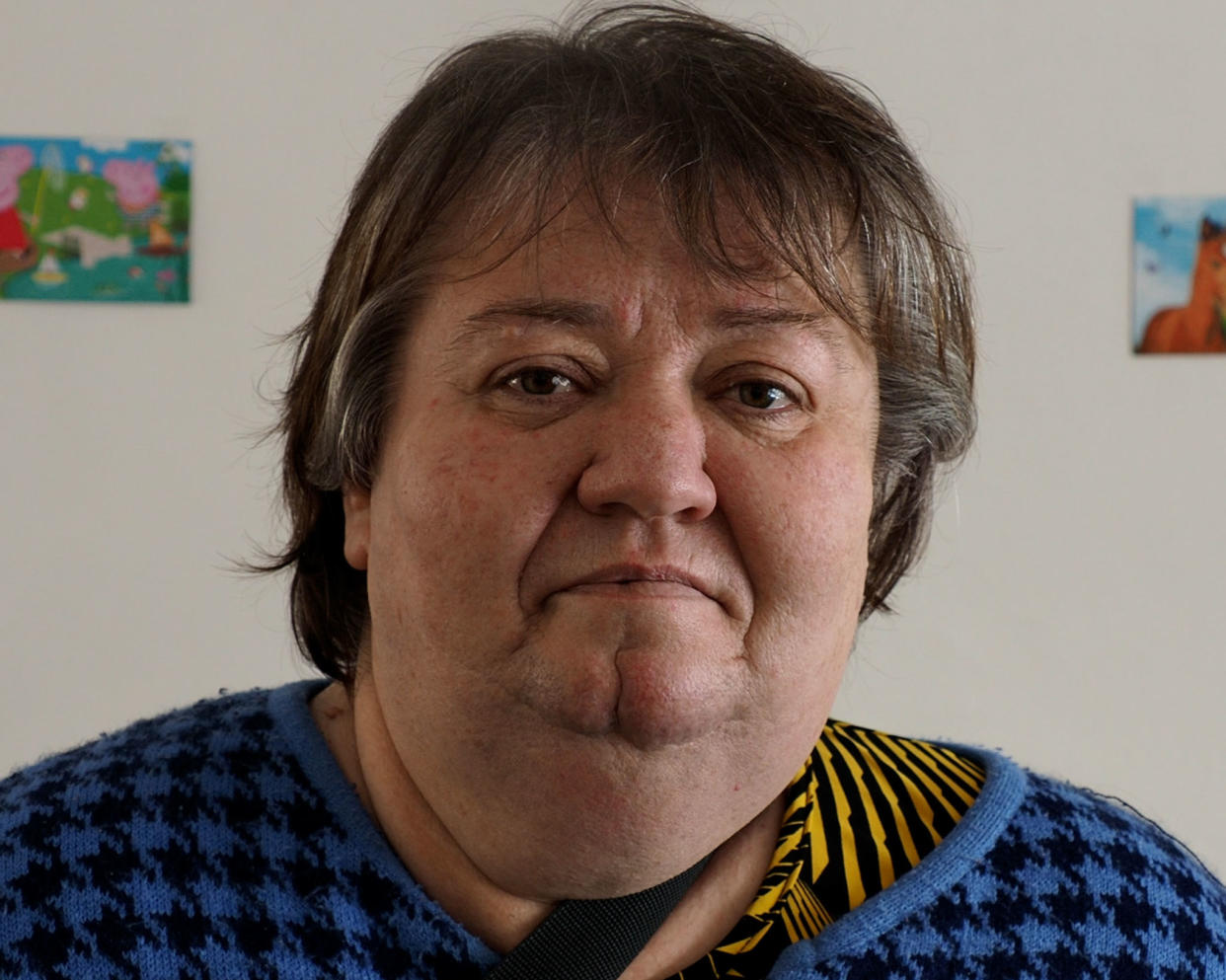
In the last year, more than 770,000 refugees crossed Moldova’s border, putting pressure on already overstretched public services. The government has relied on the help of organizations such as the U.N. High Commissioner for Refugees (UNHCR) and local nongovernmental groups to deal with the huge influx. “Without this support, the government would have had much bigger problems,” local human rights defender Vitalie Popov told Yahoo News.
For the 100,000 refugees who have stayed, the UNHCR has set up a cash enrollment center where refugees are able to receive 2,200 Moldovan lei, or roughly $150, per month.
Help from the outside
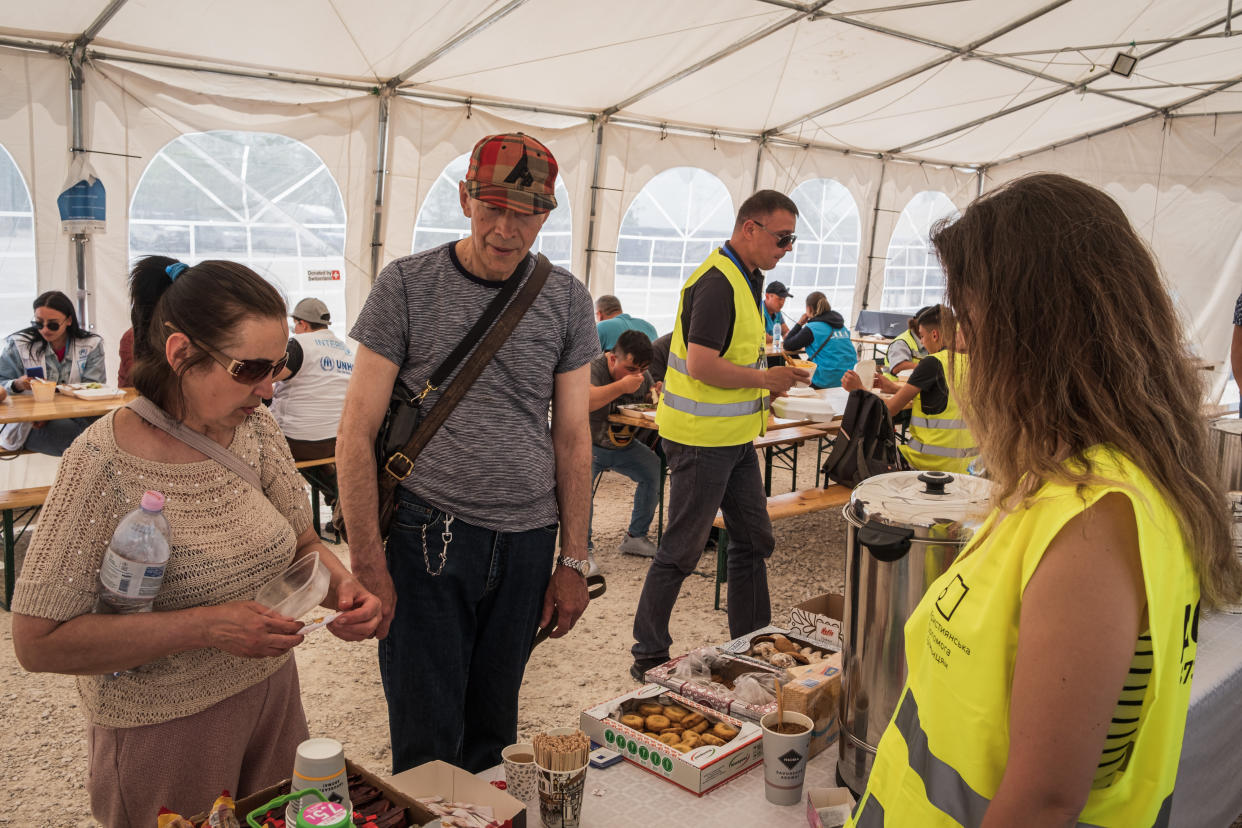
One of the organizations that came to the rescue early was the St. John Paul II Foundation, located in Chisinau. Just three days after the war began, the organization opened its doors to 32 refugees. Low on food supplies, it approached the community for donations and within days had received many pounds of cheeses and meats. “Despite it being the poorest country in Europe, Moldovans have the biggest heart,” the organization’s director, Elena, told Yahoo News.
More recently, a nursery was established to look after young children while their parents were out working or were ill. Upstairs, a room had been set up to allow older children to continue their education. For Ukrainian students whose classes were held online, the organization provided laptop computers. Elena described how one boy had slipped under the radar after moving with his mother to Poland and had been out of school for months. The organization was able to get him back on track with his online classes as soon as he arrived at the center.
Elsewhere in the city, Katalyst Kitchens, run by Kansas native David Jesse, distributes 2,000 fresh food parcels each week to refugees and locals. Jesse works with local growers to reinvest in the Moldovan economy but also to ensure that the food given out is of nutritional value. But Katalyst also employs refugees who arrived at the organization as volunteers. “From that very first week, Ukrainians came to help us, and then we recruited them to be part of the team,” Jesse explained. “So about half of our staff are Ukrainians.”
While Moldova is struggling through an economic crisis, how do its citizens feel about so much help being given to their neighbors? “There are reports of some kinds of tensions,” Popov said. “But the support that is brought to the refugees is also brought to the local communities. For example, the health system was pretty bad before the refugees came, and now with the support of the UNHCR, the health system has improved. It’s the same for schools.”
In a bid to stabilize the economy, last March the European Parliament provided Moldova with €150 million ($160 million) in assistance, around 80% of it in loans. Moldova has become a good example of how a neighboring country can come to the rescue in time of war. But for a nation already struggling internally, it might not be sustainable.
